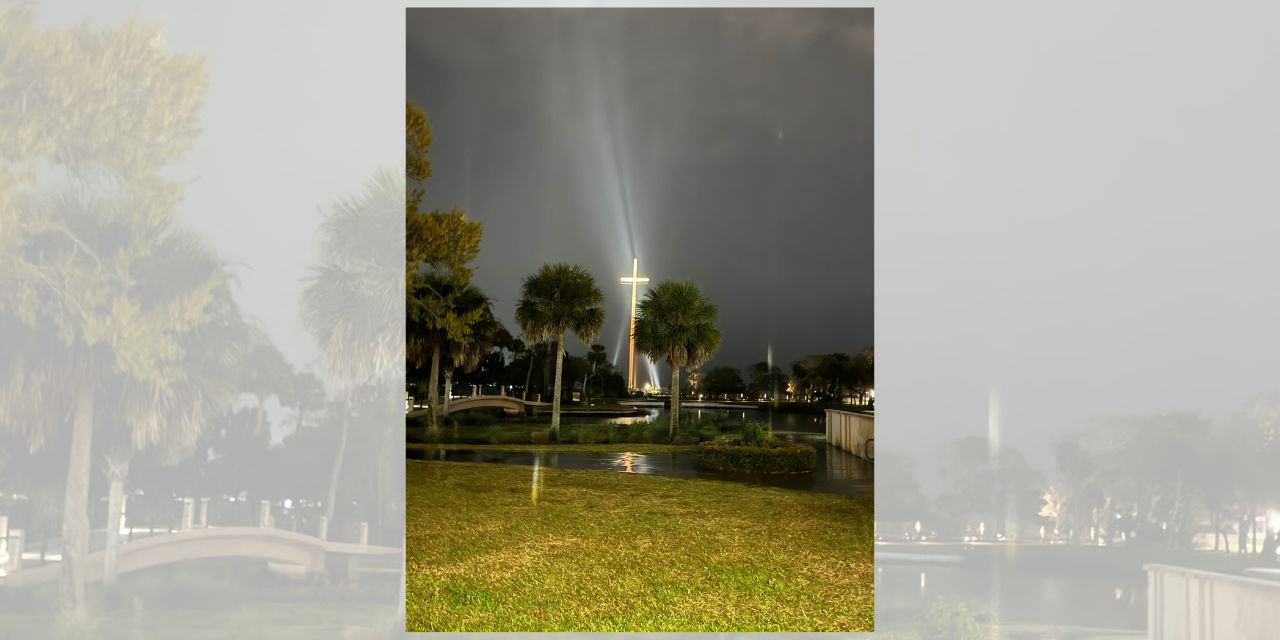According to Guinness World Records, there are over 950,000 Christian hymns – theologically inspired songs of praise to God specifically composed to facilitate congregational singing.
Why certain hymns endure and others fade away is a matter of conjecture and debate, but even more curious is why some manage to remain under the radar in parts of the world for over nearly a century – only to eventually emerge and grab hold of hearts and minds.
“Lift High the Cross” is one such masterpiece – a timeless work that grows more relevant the darker the day.
The year was 1887. Its author was the Reverend Dr. George William Kitchin. Approached by the Society for the Propagation of the Gospel (SPG), the Church of England’s worldwide missionary organization, officials were looking for a triumphant processional hymn for an upcoming festival.
The SPG was founded in 1701 with the expressed goal of spreading the Gospel beyond England. Its leaders understood that a stagnant faith would eventually become a sluggish one – and they were determined to share the Good News far and wide.
Debuting in Winchester Cathedral, Kitchin’s work consisted of eleven verses. The hymn was rearranged in 1916 by an Anglican priest named Michael Robert Newbolt. It became a European staple, sung usually during Lent and Easter – but no Christians in America ever sang the hymn until 1974.
Donald Paul Hustad gets the credit for introducing the hymn to evangelical believers in the United States. An accomplished musician and scholar, Hustad’s six-plus-decade ministry began as an organist at WMBI, Moody Bible Institute’s radio station. He later worked with George Beverly Shea. With an earned doctorate, Dr. Hustad taught at Moody, Wheaton, and the Southern Baptist Theological Seminary. He also spent six years with the Billy Graham Evangelical Association.
It would be in his role as a music advisor with the Hope Publishing Company where Dr. Hulstad’s evangelical fervor prompted him to recommend the inclusion of Kitchin’s “Lift High the Cross” into the latest hymnal, which released in 1974.
As Christians navigating an increasingly secular and hostile culture, it’s important to be reminded to never shy away from the physical symbol of Christ’s sacrifice, death, and resurrection.
“Though the cross repels, it also attracts,” observed Dr. Billy Graham. “It possesses a magnetic quality.”
Metaphorically speaking, lifting high the cross of Christ manifests in numerous ways – from openly professing and witnessing, to living out the faith through our everyday interactions with loved ones, friends, neighbors, and work colleagues.
The refrain in Dr. Kitchin’s classic hymn makes clear we’re to never stop trumpeting the Good News of Jesus Christ:
Lift high the cross, the love of Christ proclaim, Till all the world adore His sacred Name.
Hymns are theology in song, and Kitchin’s work provides Biblically sound teaching. Just consider some of the piece’s more memorable and beautiful phrases:
O Lord, once lifted on the glorious tree, as thou hast promised, draw the world to Thee.
So shall our song of triumph ever be: Praise to the Crucified for victory
All newborn soldiers of the Crucified bear on their brows the seal of Him who died.
For thy blest Cross which doth for all atone creation’s praises rise before Thy throne.
Let ev’ry race and ev’ry language tell of Him who saves our souls from death and hell.
So shall our song of triumph ever be: praise to the Crucified for victory!
When Dr. Kitchin died in 1912, he was eulogized by referencing Psalm 119:165: “Great peace have they which love thy law.”
It may have taken nearly one-hundred years for “Lift High the Cross” to make its way across the Atlantic – but now that it’s here, Christians would be wise to sing and live it on a daily basis.
Image credit: Joanne Marie






